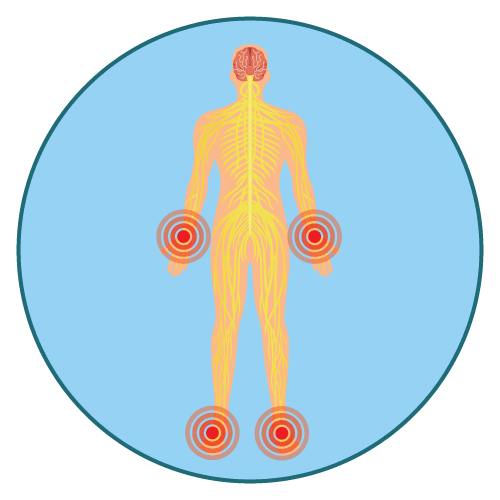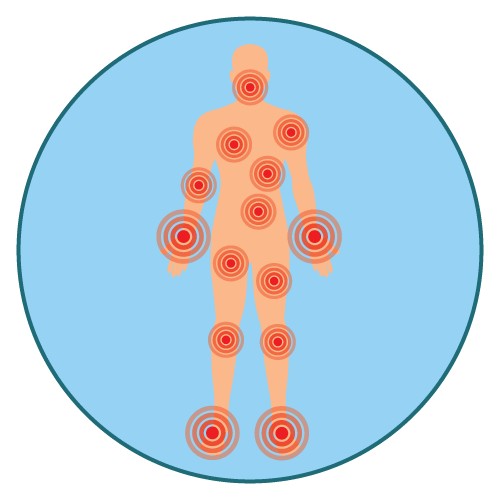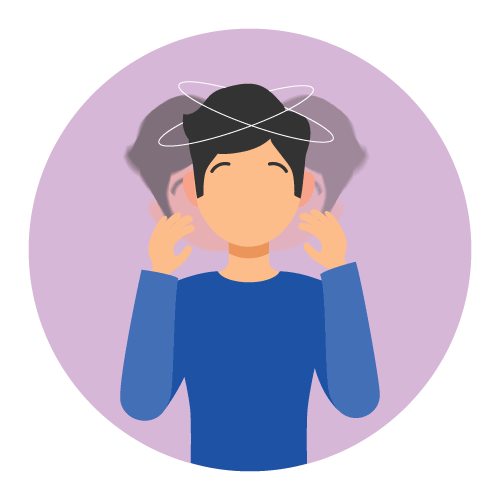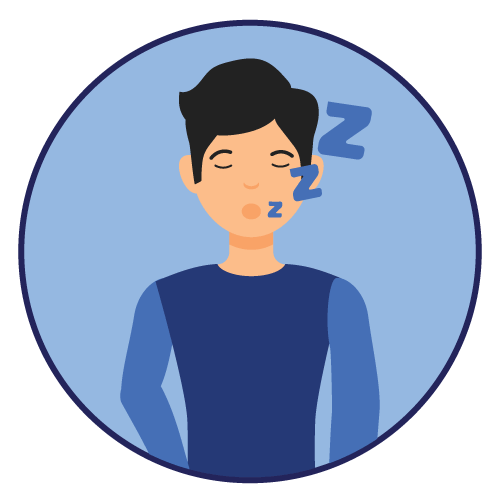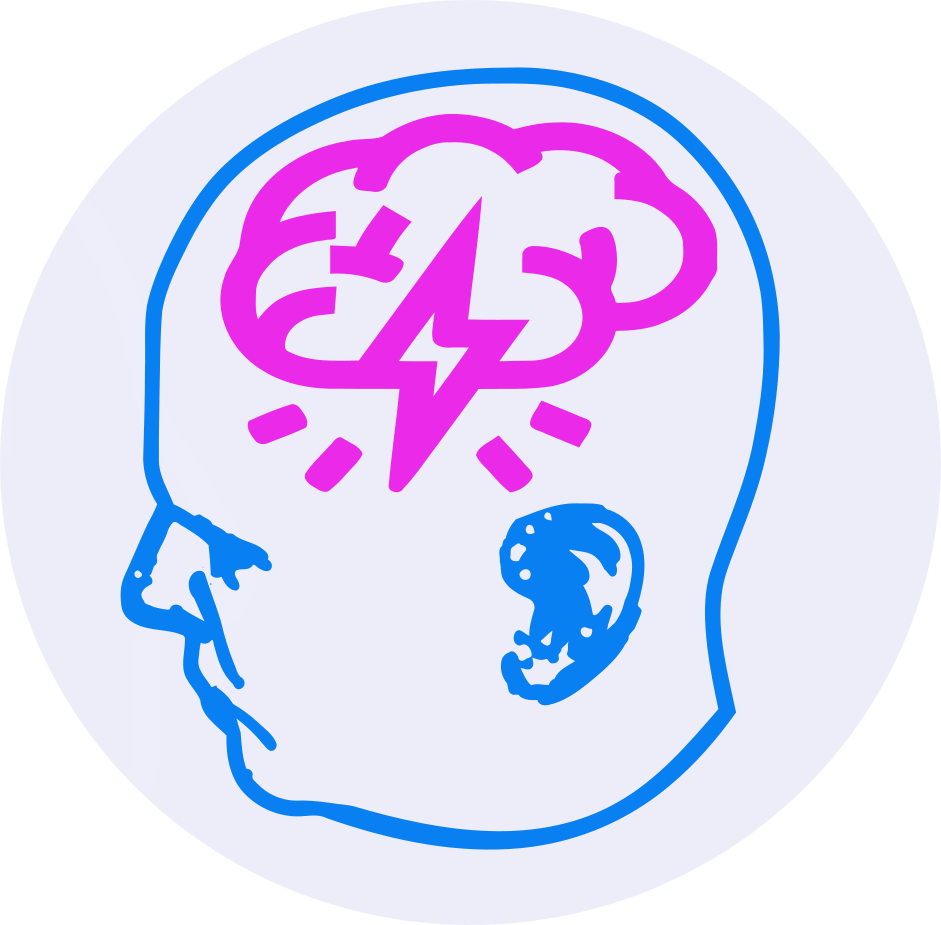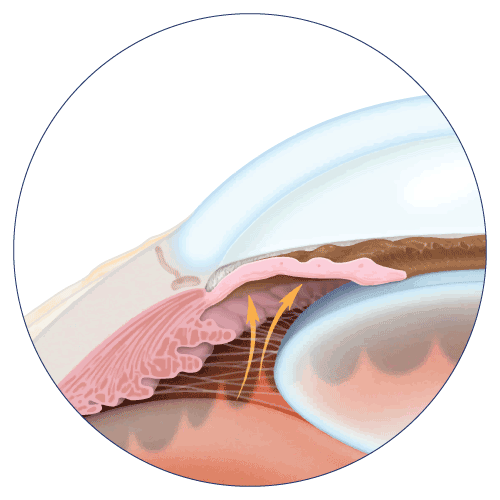| Name | Duloxetine |
| Classes |
Central Nervous System Agent Psychotherapeutic Agent Serotonin Norepinephrine Reuptake Inhibitor (SNRI) |
| Diseases |
Anxiety Depression Mental Disorder Neuropathy |
Duloxetine
Duloxetine is a serotonin and norepinephrine reuptake inhibitor. Duloxetine's antidepressant mechanism is thought to be linked to potentiation of serotonergic and norepinephrine activity in the central nervous system (CNS) as a result of its suppression of their neuronal reuptake.
Duloxetine is indicated for the following conditions-
- Major Depressive Disorder (MDD)
- Generalized Anxiety Disorder (GAD)
- Diabetic Peripheral Neuropathic Pain (DPNP)
- Fibromyalgia (FM)
- Chronic Musculoskeletal Pain
- Major Depressive Disorder (MDD):
- Starting dose: 40mg/day to 60mg/day
- Target Dose: Acute Treatment: 40 mg/day (20 mg twice daily) to 60 mg/day (once daily or as 30 mg twice daily);
- Maintenance Treatment: 60 mg/day
- Maximum Dose: 120 mg/day
- Generalized Anxiety Disorder (GAD):
- Starting dose: 60mg/day
- Target Dose: 60 mg/day (once daily)
- Maximum Dose: 120 mg/day
- Diabetic Peripheral Neuropathic Pain (DPNP):
- Starting dose: 60mg/day
- Target Dose: 60 mg/day (once daily)
- Maximum Dose: 60 mg/day
- Fibromyalgia (FM):
- Starting dose: 30mg/day
- Target Dose: 60 mg/day (once daily)
- Maximum Dose: 60 mg/day
- Chronic Musculoskeletal Pain:
- Starting dose: 30mg/day
- Target Dose: 60 mg/day (once daily)
- Maximum Dose: 60 mg/day
The following side effects were reported with the drug-
- Nausea
- Dry mouth
- Dizziness
- Insomnia
- Somnolence
- Agitation
- Suicidality: Monitor for clinical worsening and suicide risk
- Hepatotoxicity: Hepatic failure, sometimes fatal, has been reported in patients treated with Duloxetine. Duloxetine should be discontinued in patients who develop jaundice or other evidence of clinically significant liver dysfunction and should not be resumed unless another cause can be established. Duloxetine should not be prescribed to patients with substantial alcohol use or evidence of chronic liver disease
- Orthostatic Hypotension and Syncope: Cases have been reported with duloxetine therapy
- Serotonin Syndrome, or Neuroleptic Malignant Syndrome (NMS)-like reactions: Serotonin syndrome or NMS-like reactions have been reported with SSRIs and SNRIs. Discontinue Duloxetine and initiate supportive treatment
- Abnormal Bleeding: Duloxetine may increase the risk of bleeding events. Patients should be cautioned about the risk of bleeding associated with the concomitant use of duloxetine and NSAIDs, aspirin, or other drugs that affect coagulation
- Discontinuation: May result in symptoms, including dizziness, nausea, headache, paresthesia, fatigue, vomiting, irritability, insomnia, diarrhea, anxiety, and hyperhidrosis
- Activation of mania or hypomania has occurred
- Seizures: Prescribe with care in patients with a history of seizure disorder
- Blood Pressure: Monitor blood pressure prior to initiating treatment and periodically throughout treatment
- Inhibitors of CYP1A2 or Thioridazine: Should not administer with Duloxetine
- Hyponatremia: Cases of hyponatremia have been reported
- Hepatic Insufficiency and Severe Renal Impairment: Should ordinarily not be administered to these patients
- Controlled Narrow-Angle Glaucoma: Use cautiously in these patients
- Glucose Control in Diabetes: In diabetic peripheral neuropathic pain patients, small increases in fasting blood glucose, HbA1c, and total cholesterol have been observed
- Conditions that Slow Gastric Emptying: Use cautiously in these patients
- Urinary Hesitation and Retention
Contraindication
- Contraindicated in patients hypersensitive to any component of the medication.
- Co-administration with Monoamine oxidase inhibitors is contraindicated, such as-
None known.
Contraindicated in patients with uncontrolled narrow-angle glaucoma.
 Bangla
Bangla English
English

